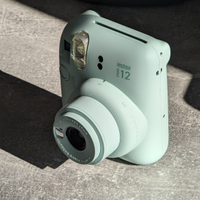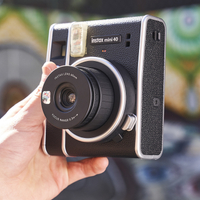Digital Camera World Verdict
The latest style-conscious Instax Mini does little to change the formula of Instax cameras, but instead goes for a bold redesign. And although I do prefer the old version, the Instax 41 will definitely be the choice of instant film fans who don't want to carry around the youthful bubblegum Instax Mini 12, but still want reliable and fun Instax Mini prints.
Pros
- +
Same beloved Instax Mini film quality and style
- +
Improved thumb grip and texture
- +
Sleeker and more demure design than the Mini 12
Cons
- -
Rough texture doesn't have the nicest feel to it
- -
More plasticy than it looks
Why you can trust Digital Camera World
Fujifilm's Instax lineup of cameras has cemented itself with a generation of photographers as the way to get fun, affordable, and easy instant prints. The brand is unstoppable, with reports placing Instax as over half of Fujifilm's entire imaging division's operating income. Over the past few years Fujifilm has fleshed out the range with a camera for practically everyone's tastes with a range of fun youthful colors like the Mini 12, more demure serious looking bodies (such as the Instax SQ40), and even high priced models with manual controls and creative features like the Instax Mini 99. There are three different types of film (Mini, Square, and Wide), and there are also hybrid instant cameras that blend digital cameras and Instax printers.
The latest camera in the lineup is the Instax Mini 41 – a sequel to the Instax Mini 40, and a camera designed to offer Instax Mini prints, but from a sleeker and understated body than the bubblegum pop colors of the Instax Mini 11. The Instax Mini 41 follows in that tradition with an all-new design that blends modern and classic design, with a rangefinder-like aesthetic (perhaps inspired by the wildly successful Fujifilm X100VI). The camera also sees some internal updates as well, with improved automatic exposure and parallax correction to line the viewfinder up with the lens in close-up photography.
But is this style over substance, and can the Instax Mini 41 continue to offer the fun and simple Instax experience we have come to expect?
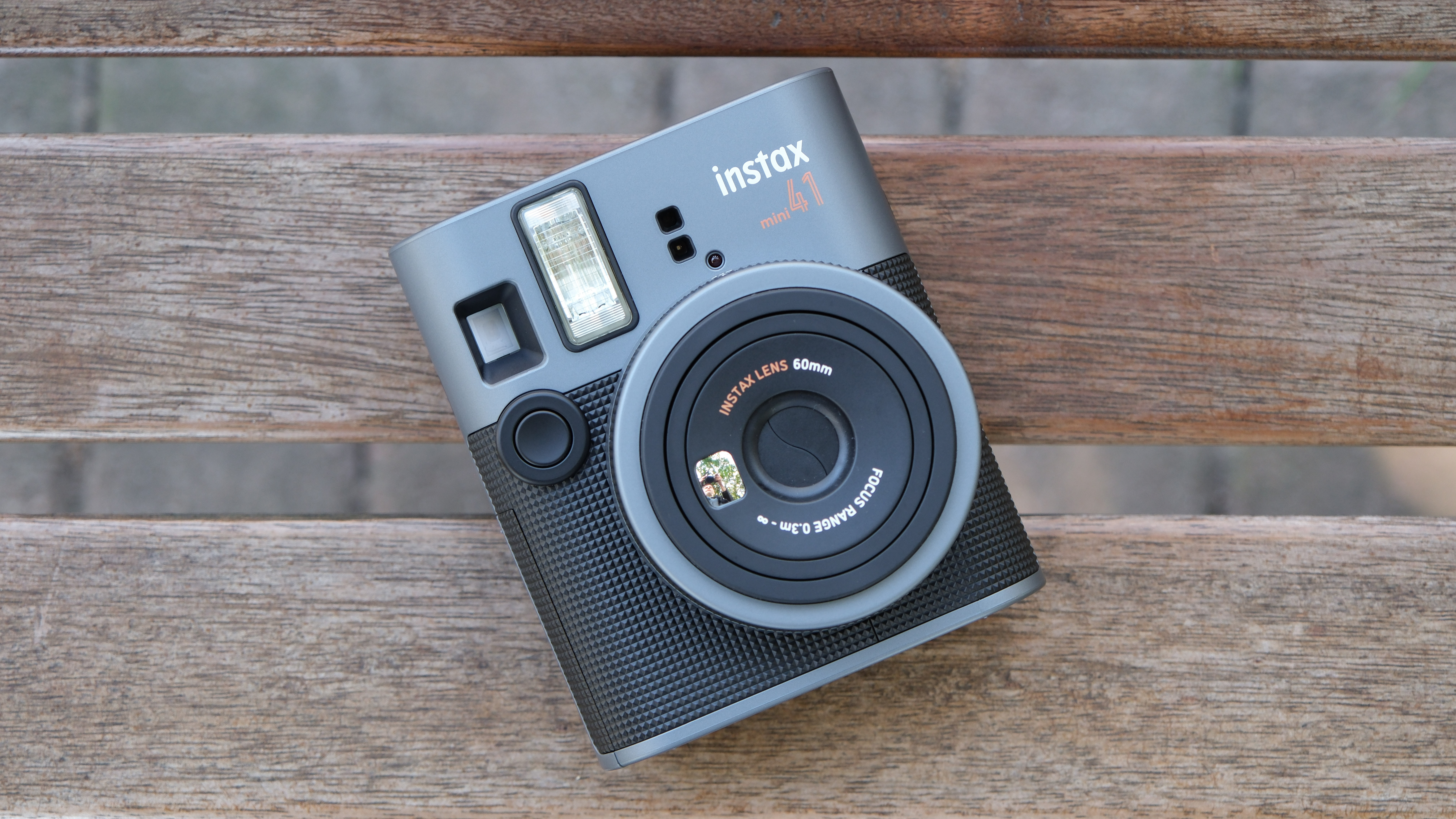
Instax Mini 41: Specifications
Price | $99.99 / £94.99 / AU$179 |
Film type | Fujifilm Instax Mini instant film |
Print size | 54×86mm (2.1 in × 3.4 in) |
Printed image size | 62x46mm (1.8 in × 2.4 in) |
Prints per film pack | 10 |
Film developing time | 90 secs |
Lens | 60mm |
Closest focusing | 0.5m (0.3m in selfie mode) |
Shutter speeds | 1/2sec - 1/250sec |
Power | 2x AA batteries |
Dimensions | 104.5 mm × 122.5 mm × 67.5 mm |
Weight | 345 g (without batteries, film and strap) |
Instax Mini 41: Price
The Instax Mini 41 is debuting for $129.95 / £94.99 / AU$179, the same as the launch price of Instax Mini 40 it is replacing. This makes it only $20 / AU$60 more than the, apart from design, identical Instax Mini 12 which, I think, is a very fair price to pay for a much sleeker looking camera. The Mini 41 is also a substantial $100 cheaper than the other Instax Mini camera, the Instax Mini 99. That camera is far more advanced with controls over the flash, light flares, and other manual settings – and if you just want the simple point-and-shoot Instax experience, then the Mini 41 is the one to go with.
Instax Mini 41: Design & Handling
The Instax Mini 41 might be the sequel to the classically styled Instax Mini 40, but Fujifilm has given it a major redesign. For better or worse will depend on your personal tastes, but for anyone who likes the idea of an instant film camera but is completely turned off by the more juvenile styling of the Instax Mini 12, you might find the classy rangefinder camera-inspired design of the Mini 41 is much more up your street.
The Mini 41 has replaced the leatherette texture from the previous model with a new raised diamond pattern plastic-y material. It has the benefit of being much more grippy, however, it is a little bit rough and scratchy and just isn't as pleasant to hold. Overall, the camera does feel a bit more plastic-y than it looks, but that's not surprising for an Instax camera, and a camera that costs under $100. Although that said, it feels solid (and survived being dropped onto a hard floor with only minor scratches), and it is a much nicer camera to handle than the Instax Mini 12.
One element I do really appreciate is that the new diamond texture has been extended to around the lens and used on the slightly larger thumb grip, which makes both the lens and camera easier to handle.
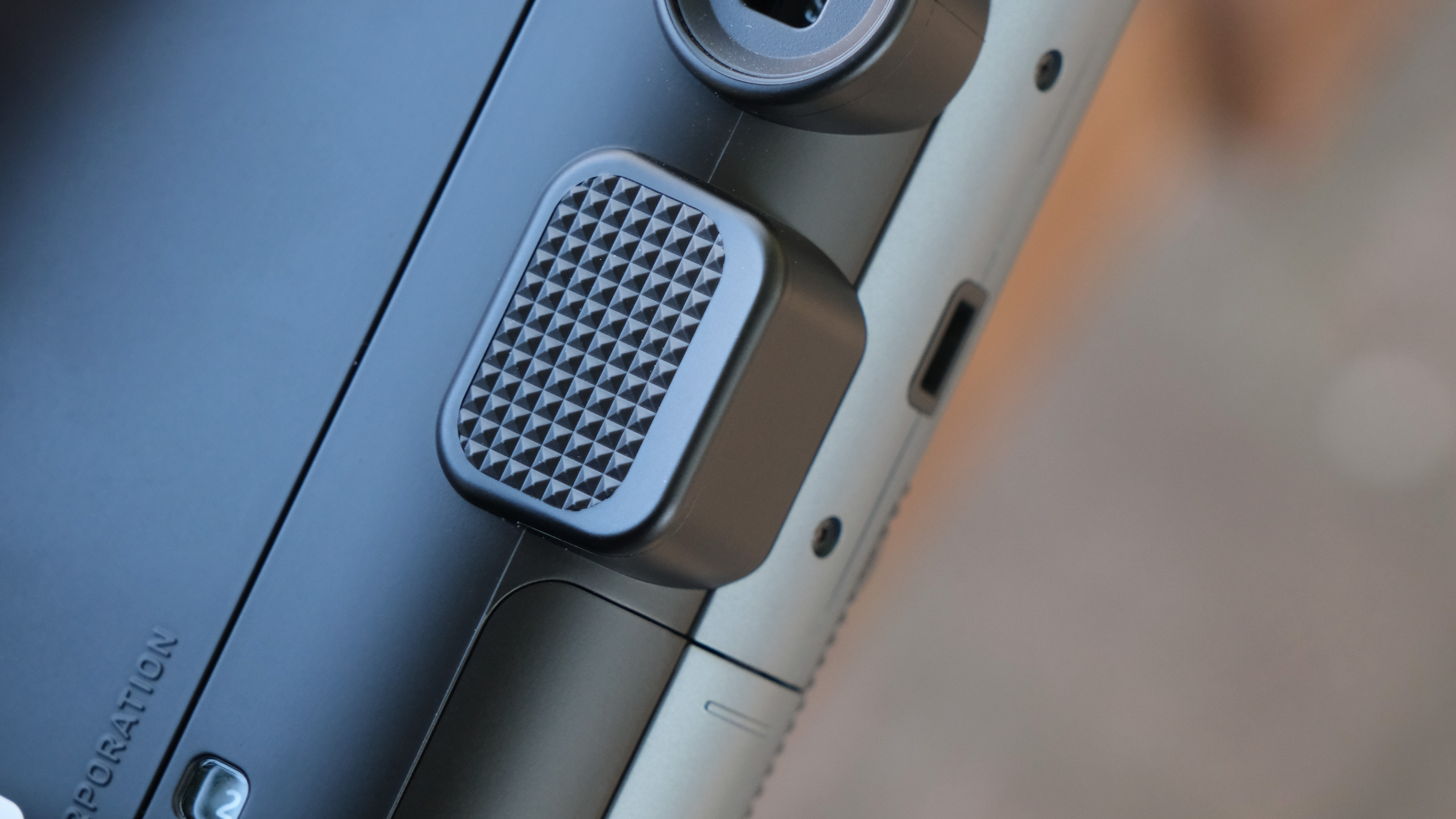
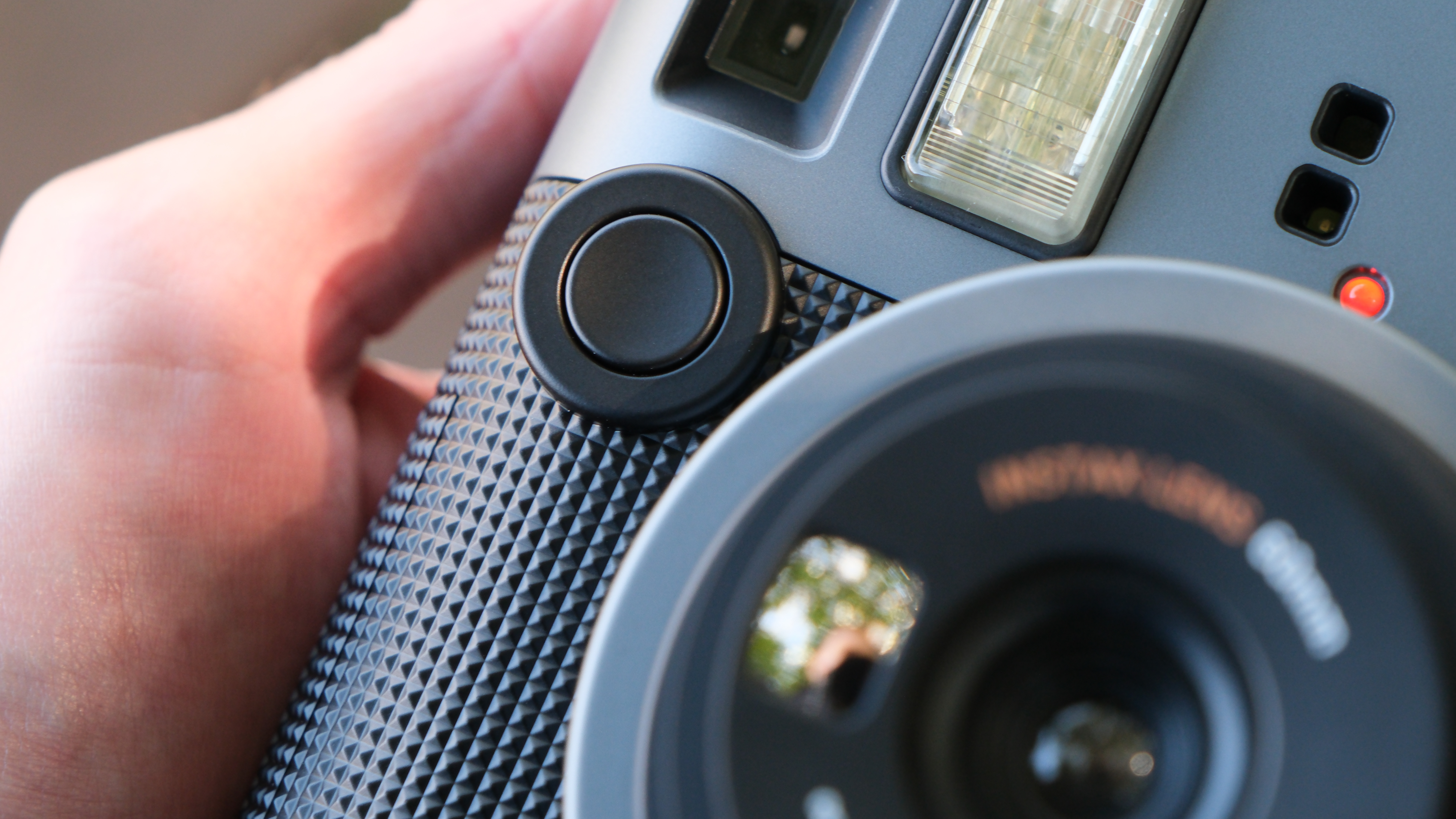
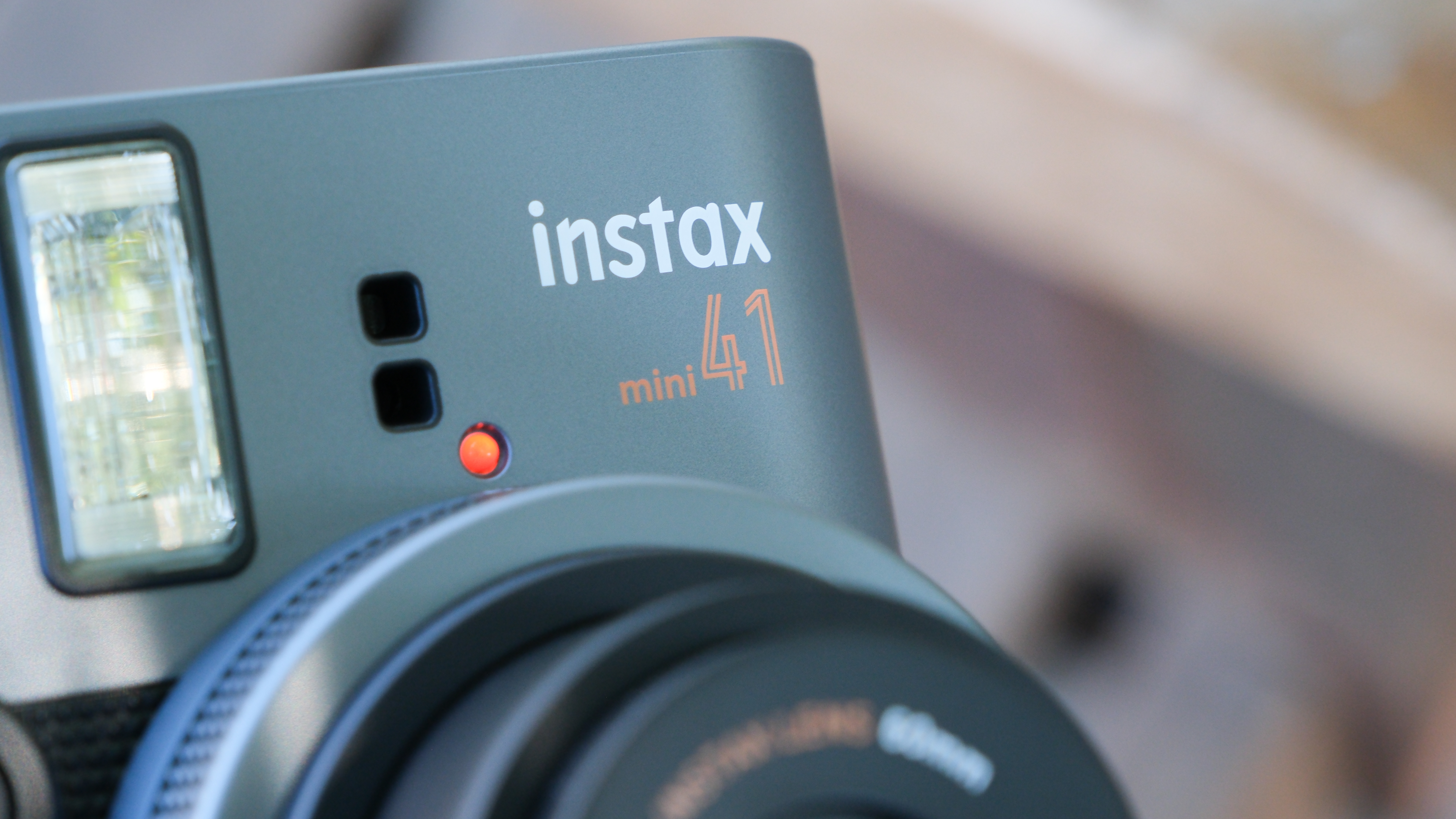
Otherwise, the design has fallen more in line with the most recent crop of Instax cameras, like the Instax Mini Evo and Instax Mini Evo Wide, which take a touch of inspiration from Fujifilm's best-selling Fujifilm X100VI (and now GFX100RF) with their rangefinder designs.
I personally slightly prefer the design of the Mini 40. I just think it overall looks a little more sleek and sophisticated, where I find the Mini 41 a bit more toy-like. I also think the Mini 40 is the more subtle of the two, with the more flashy design of the Mini 41 being a bit more eye-catching. But both look great, and design is subjective, so don't let my personal tastes sway you too much.
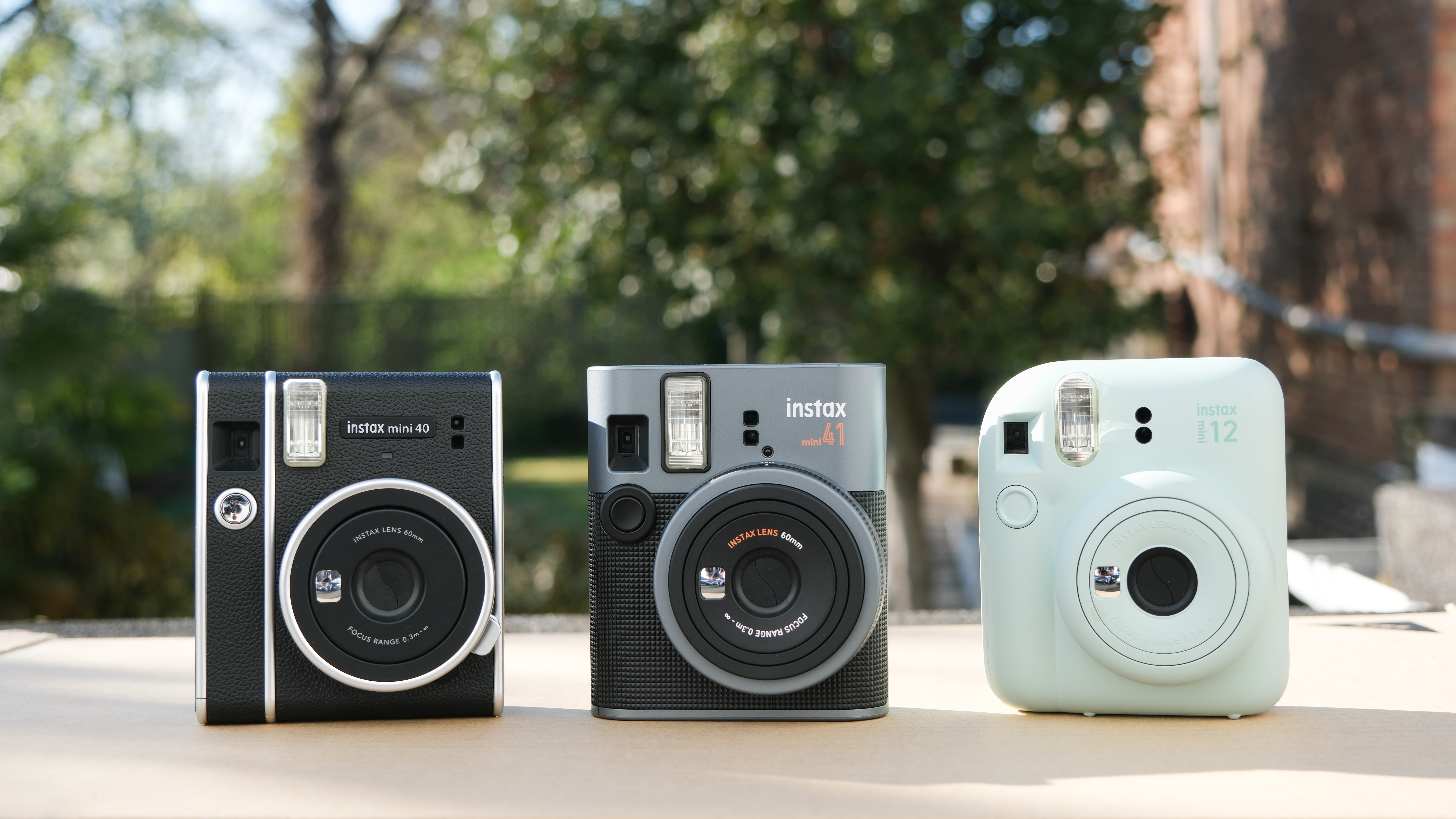
Other design tweaks include a new lens design. To match other recent Instax cameras, there is an updated twisting lens to start up the camera and put it into close-focus mode. This is much much better than the awkward push lever on the Mini 40 that doesn't always reliably open the shutter!
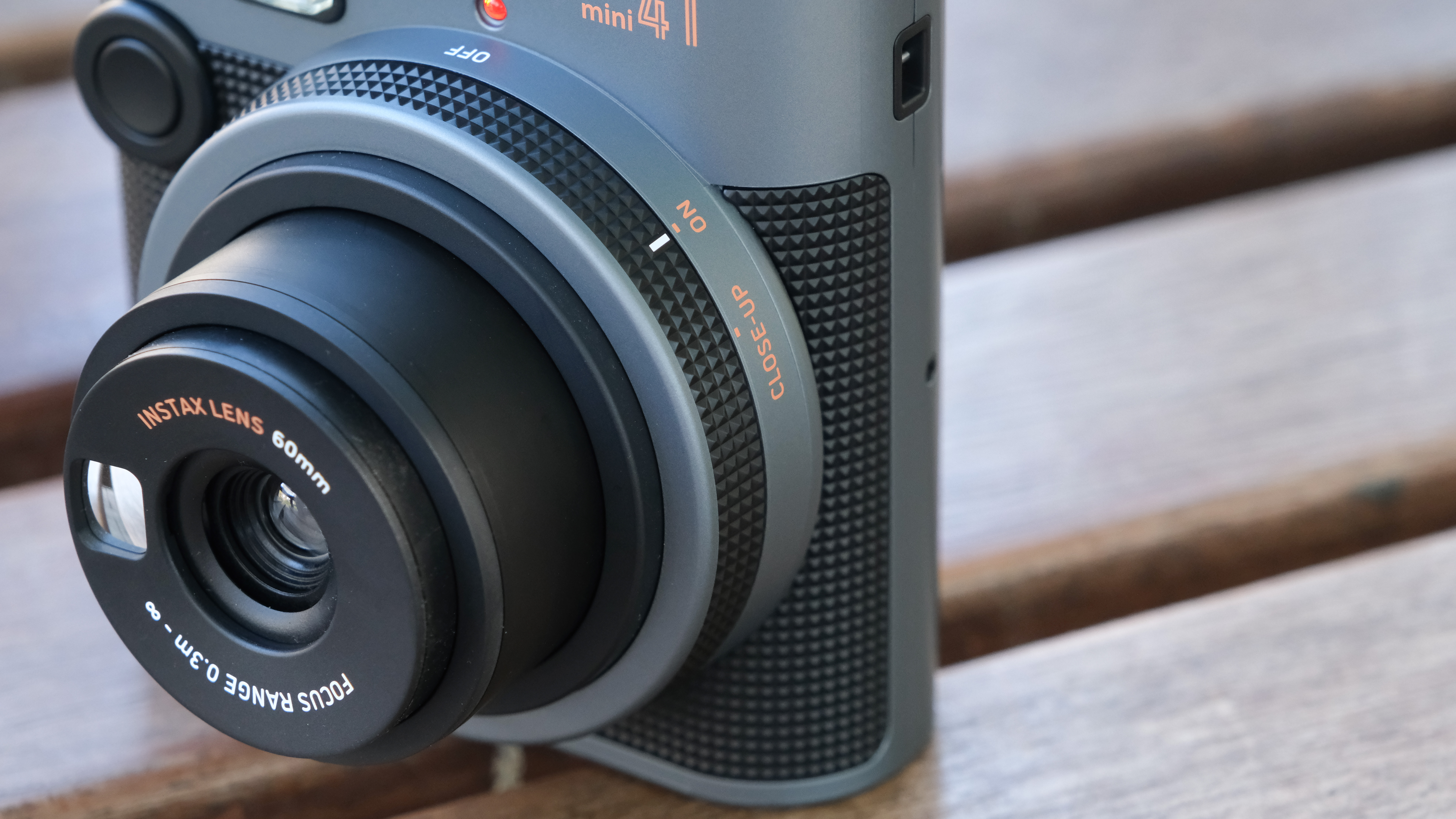
Instax Mini 41: Performance
If you've seen Instax Mini film prints before, then you know the quality to expect – prints have that classic look of soft sharpness and high contrast. But Instax film is not about technical excellence, the charm is the unique look and fun of instant photography. If you enjoy its distinctive aesthetic, you’ll likely appreciate this camera.
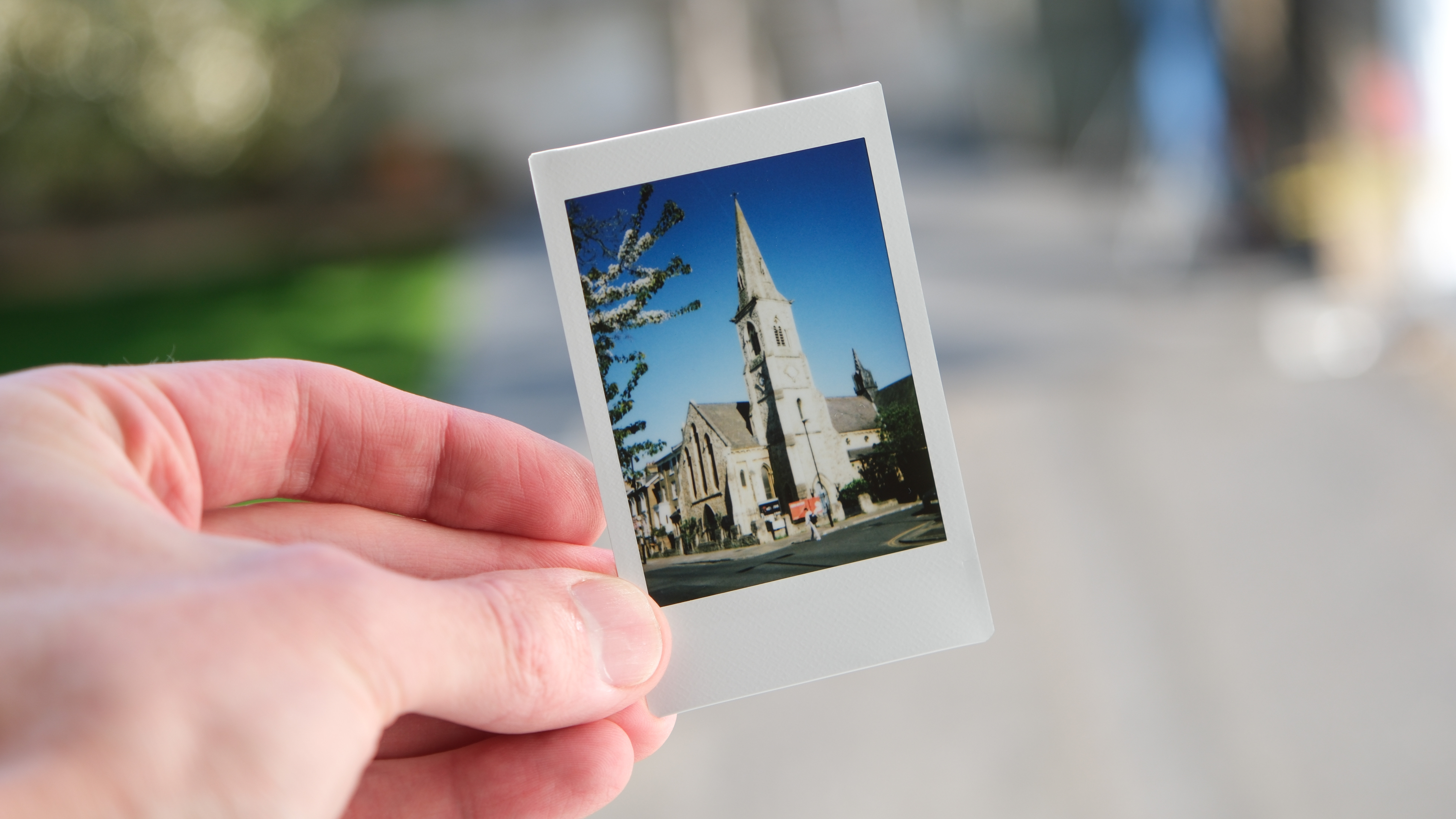

The camera features a new and improved auto exposure, which performed well, generally achieving a good balance between the flash and ambient light. On some especially sunny testing days, the camera did struggle to perfectly nail exposure, with some images being a little overexposed. The flash can also be a tad strong in some situations, especially close-ups. It would be helpful to have the option to manually disable the flash, like in other Instax cameras, though this is a relatively minor drawback.
As with all Instax cameras, prints are ejected from the top immediately after capture and take around 90 seconds to develop. Unlike Polaroids, there’s no need to shield the image from light, as the exposure is completed before the print emerges, eliminating the risk of accidental overexposure.
One of the big updates in this model is parallax correction. Which, in simpler terms, means that the viewfinder now lines up with the lens when shifting into close focus mode. This enables shots to be framed perfectly, rather than you having to do some compensation in your head in older models, and it works really well.
@digitalcameraworld ♬ original sound - DigitalCameraWorld
Instax Mini 41: Verdict
The latest style-conscious Instax Mini doesn't significantly alter the familiar formula that has defined Instax cameras. Instead, Fujifilm has opted for a big new redesign with a more modern look that brings the design of the Mini 41 in line with the Instax Evo range (and has notes of Fujifilm's uber-popular rangefinder cameras).
Personally, I find myself leaning toward the older version's style. I find the textures nicer to hold, and it feels slightly more classy and demure to me compared to the bolder and more eye-catching aesthetics of the Instax 41. But regardless of my personal tastes, the Instax 41 is the new top choice for instant photography enthusiasts who prefer a sophisticated camera without the playful, youthful vibe embodied by the Instax Mini 12.
Images are consistent, with the camera getting the focus and exposure near enough spot on for pretty much all of the images I took. But most of all, the Instax Mini 41 is just a fun camera to shoot with. If you're a style-conscious photographer and you love instant prints, then I think the Instax Mini 41 should be top of your wishlist.
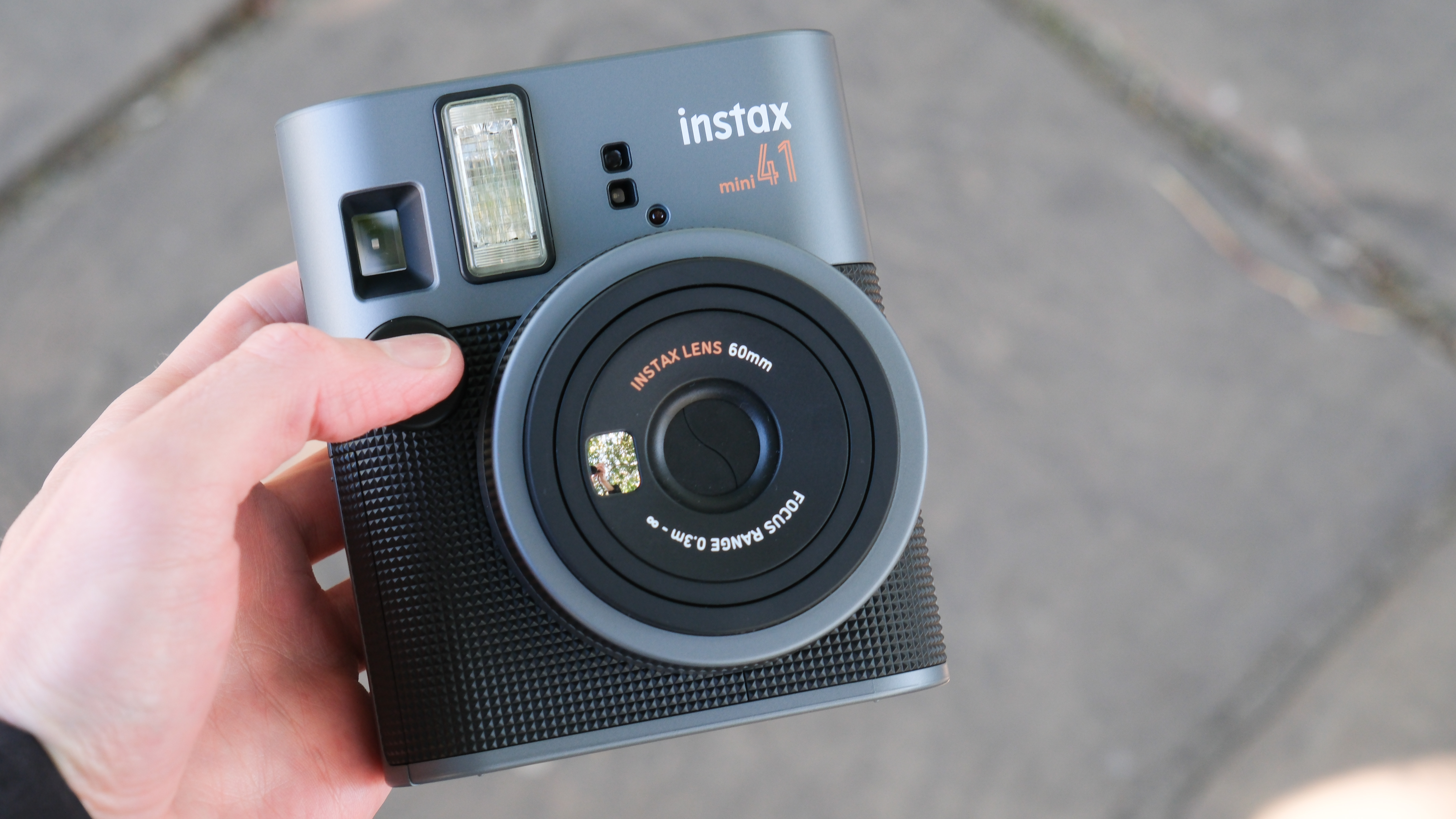
Features | Basic point-and-shoot functionality but very simple for anyone to pick up and use. | ★★★★☆ |
Design | Classy design is lovely, although I do miss elements of the Instax 40 design and I am not sold on the new grip texture. | ★★★★☆ |
Performance | Consistent performance with good auto exposure, the new parallax correction works well. More classic Instax Mini prints. | ★★★★★ |
Value | Great value costing the same as the previous gen, and only a little more than the Mini 12 for a much better design. | ★★★★☆ |
Alternatives
Instax Mini 12
The Instax Mini 12 is Fujifilm's cheapest instant camera, so if value is the key concern, then this is the best choice. However, the colorful bubble design isn't for everyone.
Instax Mini 40
Different design, but same style. This is the previous generation of the classy Instax Mini camera, and apart from a different design of the lens opening, functionality is on par between the two.

Gareth is a photographer based in London, working as a freelance photographer and videographer for the past several years, having the privilege to shoot for some household names. With work focusing on fashion, portrait and lifestyle content creation, he has developed a range of skills covering everything from editorial shoots to social media videos. Outside of work, he has a personal passion for travel and nature photography, with a devotion to sustainability and environmental causes.
You must confirm your public display name before commenting
Please logout and then login again, you will then be prompted to enter your display name.

